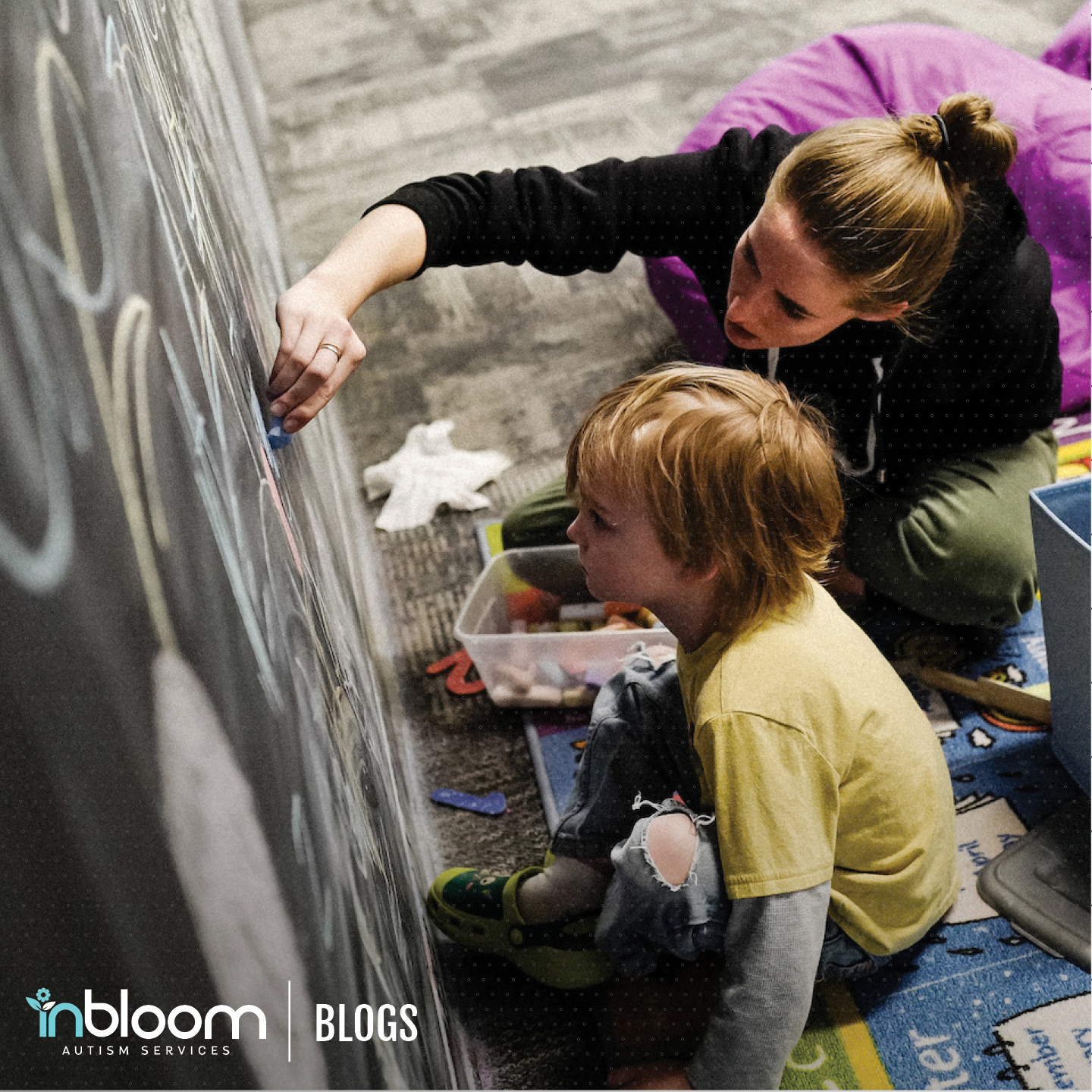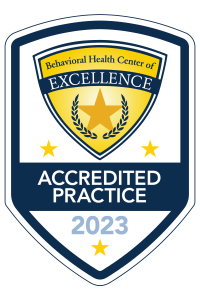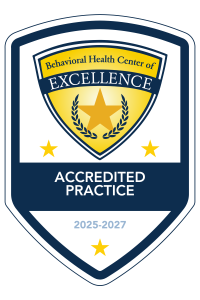Decoding Autism Terminology: A Parent’s Guide to Key ABA Terms

Navigating the world of autism and Applied Behavior Analysis (ABA) can feel overwhelming, especially when you’re introduced to lots of new terminology. Fret not, InBloom Autism Services is here to help you become a more confident advocate for your child! This blog breaks down some of the most common ABA terms so you can better grasp the concepts used in therapy and everyday life.
Common ABA Terms You Should Know
ABC (Antecedent-Behavior-Consequence)
- Antecedent: An event, context, or activity that happens right before a behavior. Example: You say “clap,” and your child claps their hands. Another example: You say “no candy,” and your child begins to cry.
- Behavior: Anything a person says or does that is observable and measurable.
- Consequence: An event immediately after a behavior, which affects whether that behavior is likely to happen again. Consequences can either strengthen or weaken behaviors over time.
BIP (Behavior Intervention Plan)
A personalized plan created by a Board Certified Behavior Analyst (BCBA) to address challenging behaviors. The BIP outlines why these behaviors occur and provides strategies to reduce them while teaching more appropriate alternatives.
Data Collection
In ABA therapy, data is gathered to track progress. This can include counting how many times a behavior occurs (frequency) or how long a behavior lasts (duration). For example, a BCBA might measure how many times a child screams in a day or how long a tantrum lasts.
Data Collection is a big part of what makes ABA successful at InBloom! Our clinicians are teaching your child all while gathering tons of data to ensure they are reaching their milestones. To learn more about our ABA Therapy programs, visit our website.
Mand
A mand is a request. Children can communicate requests in various ways, such as speaking, signing, pointing, exchanging pictures, or using assistive communication devices.
Pairing
The process of associating a person, place, or activity with positive reinforcement. For example, during early therapy sessions, therapists work to pair themselves with things a child enjoys so that the child sees them as a source of fun and comfort.
Understanding Reinforcement
Reinforcement increases the likelihood of a behavior happening again in the future. Here are the different types of reinforcements:
- Conditioned Reinforcement: Something that becomes reinforcing through association with already preferred items or activities. Example: A child’s therapist becomes reinforcing because they consistently bring fun activities.
- Positive Reinforcement: Adding something enjoyable after a behavior to increase its occurrence. Example: A child receives a sticker after saying “thank you,” making them more likely to say it again.
- Negative Reinforcement: Removing something unpleasant after a behavior to increase its occurrence. Example: A child signs “all done” when given a non-preferred food, and the caregiver removes the food, reinforcing the child’s use of the sign.
Shaping
A method of reinforcing small steps toward a desired behavior or skill. Example: If a child starts by saying “bah” when requesting a ball, they receive the ball. Over time, they are encouraged to say “ball” before receiving it, helping them develop clearer communication.
Task Analysis
Breaking down complex skills into smaller, manageable steps. For example, teaching handwashing by first turning on the water, then wetting hands, adding soap, scrubbing, rinsing, and drying.
Final Thoughts
Learning ABA terminology empowers you as a parent or caregiver. The more you understand these concepts, the better you can support your child’s progress and collaborate with their therapy team. And remember, you’re not alone. Your team of RBTs and BCBA are there to guide you and your family every step of your child’s amazing journey!
Have questions about ABA? Give our Care Team a call at 888-754-0398.. You can also watch our Blooming Minds YouTube series, where we explain what ABA looks like and provide tips for parents!
InBloom Autism Services specializes in early intervention ABA Therapy. Our certified therapists undergo training to implement teaching programs specifically designed for children aged 5 and under with autism. Our Learning Centers also offer a safe and enjoyable environment for children to interact and practice social skills with their peers. Find a Learning Center near you!



